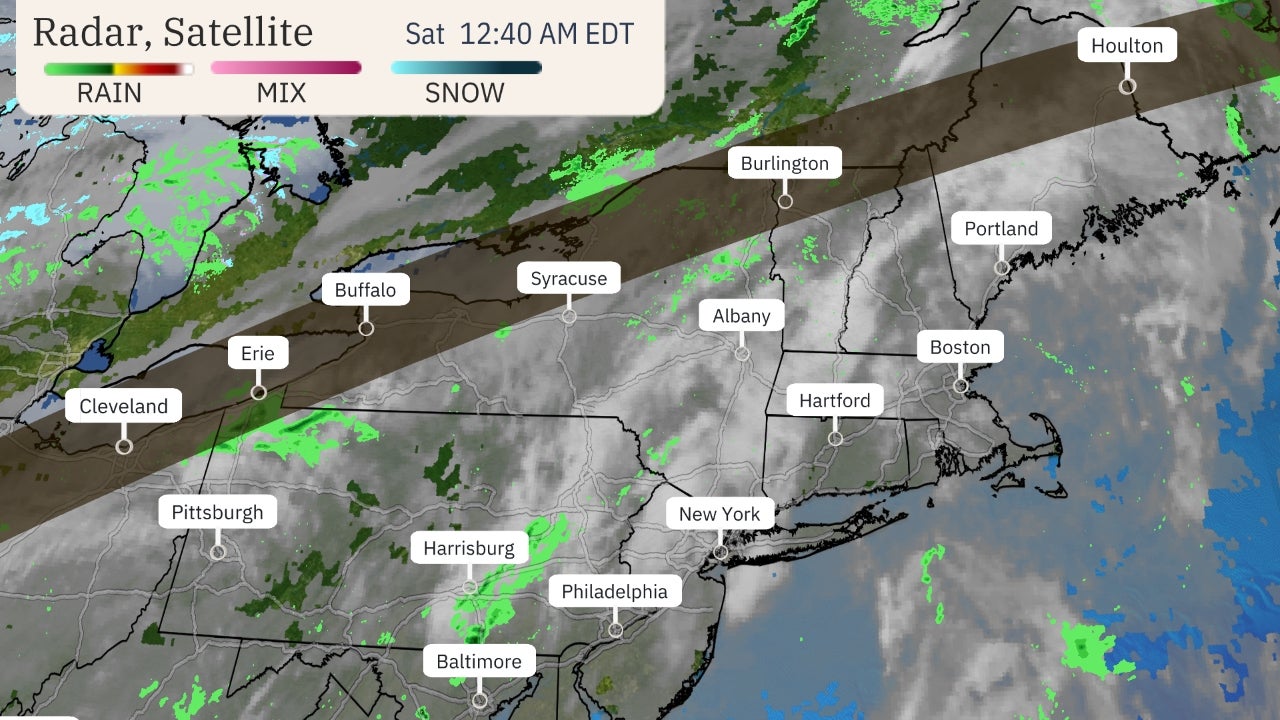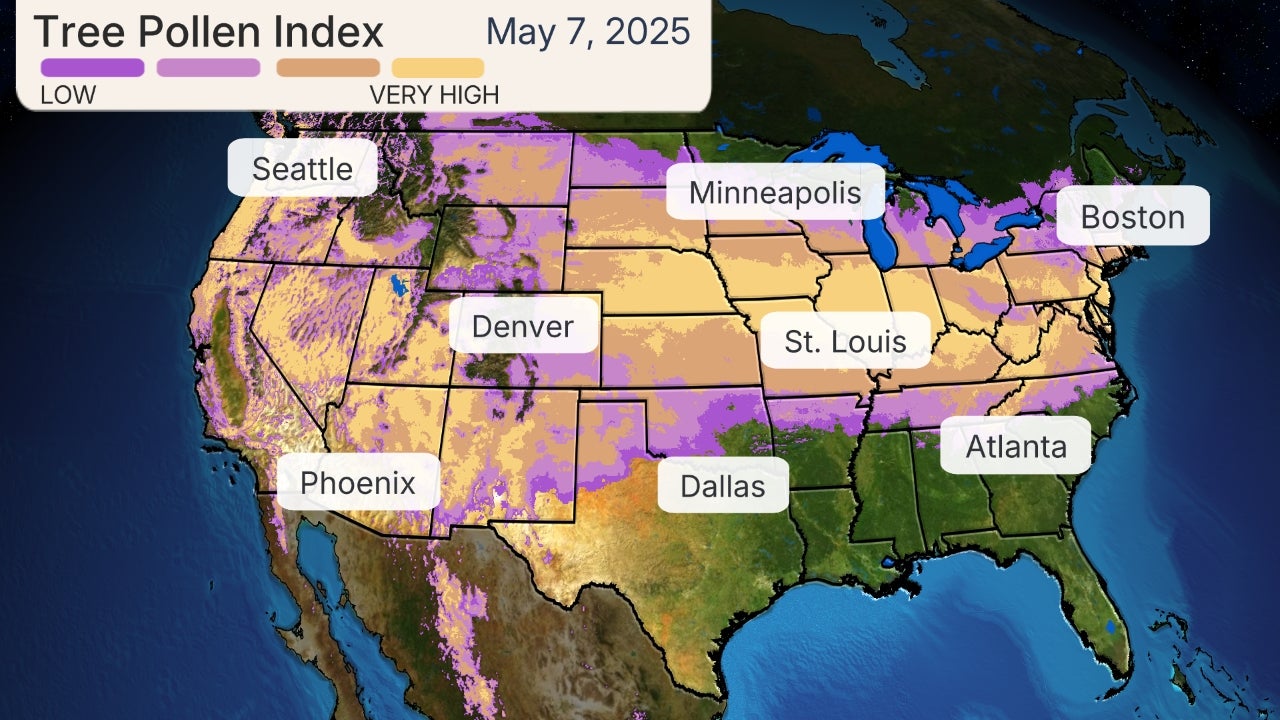Published: December 31, 2022
A winter storm tracking into California with potentially flooding rain and Sierra snow this weekend will eventually turn into a snowstorm from parts of the Rockies and Plains into the upper Midwest for the start of 2023.
This storm system, named Winter Storm Hudson by The Weather Channel, could also produce severe weather in the South.
Here's a look at what to expect from this storm in the West, and then in the Plains and upper Midwest.
West Forecast
Timing out the storm
Moisture from the storm is already streaming in across California, where it's producing rain and higher-elevation Sierra snow.
Landslides were reported in the San Francisco area on Friday and some local roads were closed in the Sierra foothills.
The main slug of heavier rain and mountain snow will arrive Saturday and continue into early Sunday in California. Rainfall and gusty winds from this system could interrupt New Year's Eve plans in parts of the state, including Los Angeles and San Diego.

Rainfall might be heavy enough in California and western Nevada that at least some flooding is possible through Saturday night or early Sunday.
Flood watches have been posted by the National Weather Service because of this concern, as depicted in green on the map below.
There could be flooding in urban and poor-drainage areas, as well as on some rivers, creeks and streams. Rockslides and mudslides are also a possibility in areas of steep terrain.
(MORE: Why Debris Flows Are Dangerous)

Much of the storm's rain and snow will shift eastward into the Rockies and Southwest Sunday into Sunday night. Salt Lake City, Utah, and Flagstaff, Arizona, are two of the cities that could see rain change to accumulating snow.
Rainfall could soak the Las Vegas and Phoenix metro areas on the first day of 2023.
How much snow, rain to expect
This storm has a warm origin since it's tapping into an atmospheric river of moisture, which means it will produce its heaviest snow in the higher elevations of the Sierra Nevada. Feet of snow will fall in areas above 7,000 feet in elevation, with lesser totals below that once colder air arrives and helps drop snow levels.
Many lower elevations of California will pick up 1 to 3 inches of rain. Areas of higher terrain below the elevation where snow is falling could see heavier rainfall totals of 3 inches or more.

It should be noted that California will see additional storms in the first week of 2023 after this one passes through. That could further increase the threat of flooding and pile up additional feet of Sierra snow.
Plains, Midwest Forecast
Timing out the storm
Snowfall from this storm will begin to spread into the Front Range of the Rockies and High Plains by Sunday night, including Denver and Cheyenne, Wyoming.
On Monday, we expect snow to continue in Colorado and Wyoming and spread into parts of western and northern Nebraska and South Dakota, as well as central and southern Minnesota. There could be a narrow band of freezing rain or sleet on the southern periphery of this area of snowfall from the Central Plains into the upper Mississippi Valley. This area may include Sioux City, Iowa, and Rochester, Minnesota.

Snow and gusty winds from the storm could impact much of the upper Midwest, possibly including Minneapolis-St. Paul and Sioux Falls, South Dakota, on Tuesday.
The track and timing of this storm through the central states is still a bit uncertain, so this forecast for Monday and Tuesday could shift in future updates.

How much snow to expect
Right now, the best chance of moderate accumulations of snowfall, roughly 5 inches or more, is from parts of northern Nebraska and South Dakota into central Minnesota, northern Wisconsin and the Upper Peninsula of Michigan.
As mentioned before, the storm's future track is not set in stone yet, so be sure to check back for updates to snow totals.

The Weather Company’s primary journalistic mission is to report on breaking weather news, the environment and the importance of science to our lives. This story does not necessarily represent the position of our parent company, IBM.
The Weather Company’s primary journalistic mission is to report on breaking weather news, the environment and the importance of science to our lives. This story does not necessarily represent the position of our parent company, IBM.

No comments:
Post a Comment